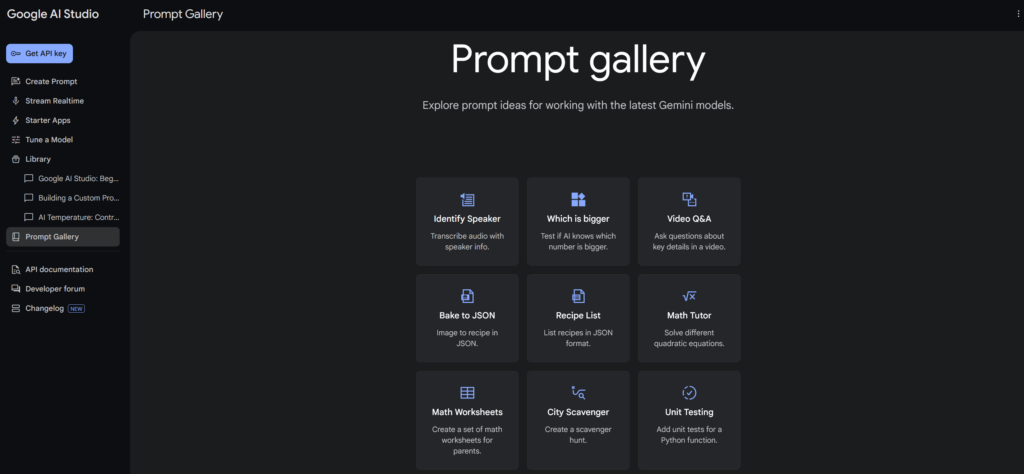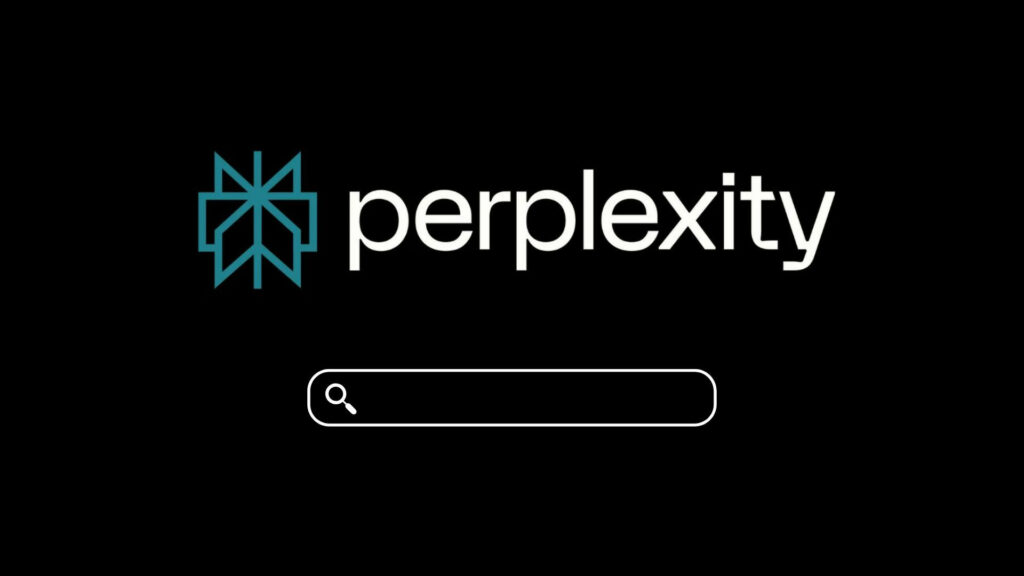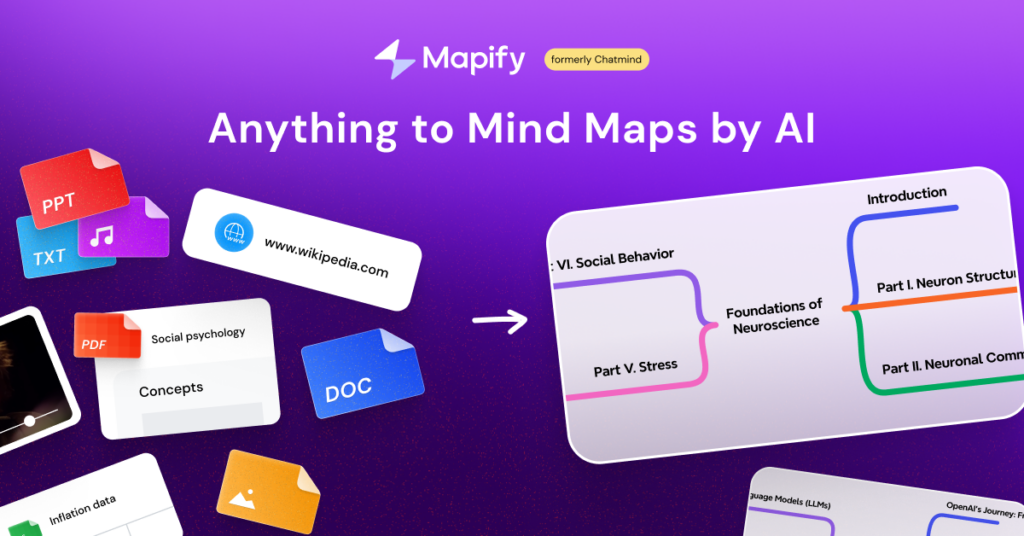Giới thiệu
Loạt bài hướng dẫn này được chia thành ba phần, chỉ cho bạn cách tự động hóa hoàn toàn việc tạo ý tưởng bằng AI, sáng tạo nội dung và đăng bài lên blog/mạng xã hội.
Yêu cầu chuẩn bị
- Một phiên bản n8n đã được cài đặt và đang chạy (tự host hoặc trên cloud).
- Một Bot Telegram đã được thiết lập với một mã API (API token) qua BotFather.
- Một khóa API của Fal.ai để tạo ảnh.
- Một tài khoản Google Drive để lưu trữ ảnh tạm thời.
- Một tài khoản Supabase với một cơ sở dữ liệu để lưu trữ dữ liệu.
- Khóa API cho bất kỳ mô hình AI nào bạn sử dụng (OpenAI, Gemini, Claude, DeepSeek…).
- Một tài khoản đã được thiết lập riêng trong WordPress để tự động đăng bài.
- Thông tin xác thực API của các mạng xã hội.
Phần 1 – Tự động hóa việc tạo ý tưởng bằng AI
Luồng công việc (workflow) n8n này tự động hóa quá trình tạo ra các ý tưởng do AI điều khiển, kiểm tra sự trùng lặp trong cơ sở dữ liệu Supabase, và gửi thông báo qua Telegram. Nó bao gồm:
- Trình kích hoạt theo lịch trình (Schedule Trigger) – Khởi động luồng công việc theo các khoảng thời gian đã định.
- Thông báo Telegram (Telegram Notification) – Gửi một tin nhắn cho biết luồng công việc đã bắt đầu (tùy chọn).
- Tác tử AI (AI Agent – OpenAI Model) – Tạo ra các ý tưởng mới.
- Truy xuất dữ liệu từ Supabase (Data Retrieval from Supabase) – Kiểm tra các ý tưởng trùng lặp hoặc tương tự về mặt ngữ nghĩa.
- Lưu trữ dữ liệu trong Supabase (Data Storage in Supabase) – Lưu các ý tưởng mới.
- Tách dữ liệu (Splitting Data) – Chuẩn bị tin nhắn cho Telegram.
- Lặp và gửi thông báo (Looping & Sending Notifications) – Lặp qua các tin nhắn và gửi chúng qua Telegram.

Hướng dẫn triển khai từng bước
1. Lên lịch thực thi luồng công việc
- Sử dụng node Schedule Trigger để chạy luồng công việc theo các khoảng thời gian được xác định trước.
- Đặt tần suất thực thi mong muốn (ví dụ: mỗi giờ, hàng ngày).
2. Gửi thông báo bắt đầu luồng công việc (Tùy chọn)
- Thêm một node Telegram (Send a text message).
- Cấu hình nó để gửi một tin nhắn (ví dụ: “Workflow execution started.”) đến Telegram.
3. Tạo ý tưởng bằng OpenAI
- Thêm một node AI Agent.
- Kết nối nó với một node OpenAI Chat Model.
- Cấu hình mô hình OpenAI để tạo ý tưởng dựa trên một câu lệnh (prompt) cho trước.
4. Kiểm tra sự trùng lặp trong Supabase
- Thêm một node Supabase (Get many) để lấy các ý tưởng hiện có từ Supabase và so sánh các ý tưởng đã tạo với những ý tưởng đã lưu.
5. Lưu trữ ý tưởng mới trong Supabase
- Nếu một ý tưởng là duy nhất (không trùng lặp), hãy sử dụng một node Supabase (Create) để lưu nó vào Supabase.
- Đảm bảo cấu hình cơ sở dữ liệu phù hợp (bảng, cột, v.v.).
6. Tách dữ liệu cho tin nhắn Telegram
- Sử dụng Structured Output Parser để cấu trúc đầu ra trước khi gửi đến Telegram.
- Sử dụng một node Split Out để chia nhỏ các ý tưởng thành các phần nhỏ hơn cho việc nhắn tin có cấu trúc.
7. Lặp qua các mục và gửi tin nhắn Telegram
- Thêm một node Loop Over Items để lặp qua các ý tưởng đã tạo (nếu bạn muốn tạo nhiều ý tưởng).
- Bên trong vòng lặp, cấu hình node Telegram (Send a text message) để gửi các tin nhắn đã được xử lý.
- Sử dụng logic điều kiện nếu cần (ví dụ: xử lý lỗi).
Xử lý lỗi (Error Handling)
- Bao gồm một node Telegram (Send a text message) để thông báo nếu mô hình AI hoặc truy vấn cơ sở dữ liệu thất bại.
- Cấu hình luồng công việc để thử lại hoặc ghi lại lỗi một cách tương ứng.
Kết luận
Luồng công việc n8n này tự động hóa hiệu quả việc tạo ý tưởng do AI điều khiển, kiểm tra sự trùng lặp và gửi thông báo qua Telegram. Nó đảm bảo tính toàn vẹn dữ liệu bằng cách sử dụng Supabase và cung cấp các thông báo thời gian thực để đảm bảo tính minh bạch.




